Rachel Maddow’s new book examines American fascism in the WWII era and the fight against it
| Published: 12-22-2023 12:49 PM |
The conventional story of World War II in the United States is the one about how the country, shrugging off the hardships brought on by the Great Depression, rolled up its sleeves to defeat the fascist forces of Nazi Germany and Japan and make the world safe for democracy.
But as Rachel Maddow outlines in her newest book, a certain percentage of Americans, in the run up to WWII, expressed open admiration for Adolph Hitler and the Nazis, believed our country would be better off under its own brand of fascism, and actively worked to keep the U.S. out of the war or to align itself with Germany.
In “Prequel: An American Fight Against Fascism,” Maddow documents a story of paramilitary groups plotting to overthrow the administration of Franklin Roosevelt, an effort by numerous U.S. congressmen to help spread Nazi propaganda, and a virulent national strain of antisemitism that had one extremist vowing to fill “American gutters” with “more Jew corpses than ever were found in the most ambitious European pogroms.”
Maddow, the television host and journalist who splits her time between Cummington and New York City, has crafted “Prequel” as a followup and deeper dive into a story she first began telling last year on “Ultra,” a podcast presented through MSNBC.
Some of the issues she plumbs have been well documented, like the rise of the isolationist group America First, which denounced Roosevelt as a warmonger and lobbied hard in 1940 and 1941 to keep the U.S. from getting involved in the struggle in Europe.
Still, it’s bracing to recall how America First’s leading figure, the famous aviator Charles Lindbergh, partly blamed American Jews for pushing the nation closer to war. Doing so, Lindbergh warned in a September 1941 speech, threatened the Jewish community because “Tolerance is a virtue that depends upon peace and strength.”
“His threat that America’s ‘tolerance’ for Jews would end if war began was barely tacit,” writes Maddow. “To Lindbergh, the Jews were not only alien to America, they ought to be afraid about it.”
Writing in a punchy, sometimes darkly witty style, Maddow profiles a range of other figures on the right who were drawn to fascism for various reasons: fear that the Great Depression signaled the failure of democracy; admiration for the cult of personality Hitler had used to revive Germany; and a hatred of communism, which they believed could only be defeated by creating a right-wing dictatorship in America.
Article continues after...
Yesterday's Most Read Articles
 Greenfield homicide victim to be memorialized in Pittsfield
Greenfield homicide victim to be memorialized in Pittsfield
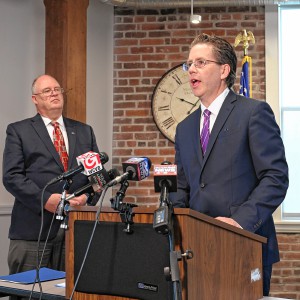 1989 homicide victim found in Warwick ID’d through genetic testing, but some mysteries remain
1989 homicide victim found in Warwick ID’d through genetic testing, but some mysteries remain
 As I See It: Between Israel and Palestine: Which side should we be on, and why?
As I See It: Between Israel and Palestine: Which side should we be on, and why?
 Softball: Greenfield puts up 9-spot in the 8th inning to knock off rival Turners 11-2 in extra-inning thriller (PHOTOS)
Softball: Greenfield puts up 9-spot in the 8th inning to knock off rival Turners 11-2 in extra-inning thriller (PHOTOS)
 DA to announce breakthrough in 1989 unsolved homicide in Warwick
DA to announce breakthrough in 1989 unsolved homicide in Warwick
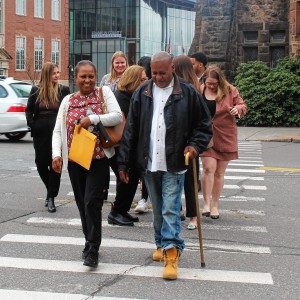 Former Greenfield man granted new trial after 1995 murder conviction, walks free
Former Greenfield man granted new trial after 1995 murder conviction, walks free
Antisemitism was a common denominator for many of these malcontents, who equated Jews with communism and claimed American Jews were part of a sinister cabal that controlled the international money supply and were pushing for war to enrich themselves — the same belief espoused by Hitler.
“Just look at Russia!” a member of a paramilitary group called Silver Legion told the young journalist Eric Sevareid, just out of college and working for a Minneapolis newspaper. “The Jews certainly got Russia, didn’t they?”
Many of these agitators may have been fringe figures. But as Maddow notes, the “threads of isolationism, antisemitism, and fascism were becoming an ominously tight weave” in the U.S. by 1939-1941.
Other fascist groups, some of whom worked with German nationals, plotted to steal weapons from U.S. armories and depots. In one case, National Guard members simply gave firearms to a group in the New York City area; Maddow says a disturbing number of police officers and other law enforcement figures seemed sympathetic to U.S. fascists.
In fact, a central premise of her book is that federal law enforcement failed to conduct active surveillance of these groups or perform effective counter-intelligence operations against them.
“The plain truth is the FBI was missing in action as fascism and Nazism took root and grew in the United States in the mid-1930s,” writes Maddow, adding that part of the problem was that FBI Director J. Edgar Hoover was much more focused on combating communism.
She also notes that fascism and Nazism attracted a strange group of fellow travelers, from the future architect Philip Johnson, to the Hollywood screenwriter and Silver Legion founder William Dudley Pelley (who dreamed of becoming the American Hitler), to Father Charles Coughlin, a Catholic priest who used his enormously popular national radio show to attack Jews and endorse Nazism as an antidote to communism.
But “Prequel” also profiles a group of journalists, undercover investigators, prosecutors and dedicated anti-fascists — even a direct mail advertising consultant — who took it upon themselves to counter these extremists.
“These mostly unremembered Americans stood up and challenged both the fascists and the political figures who were running a protection racket for them,” says Maddow.
It was a young Washington Post journalist, Dillard Stokes, and the direct mail executive, Henry Hoke, who, working separately, revealed perhaps the most startling story from that era: how a number of mostly Republican congressmen were allowing Nazi propaganda to be disseminated through their offices and in some cases working directly with a paid Nazi agent to do it.
For instance, two isolationist senators, Burton Wheeler of Montana and Ernest Lundeen of Minnesota, were among perhaps two dozen politicians who lent their congressional “frank” — a facsimile signature that allowed mail to be sent free of charge — to groups aligned with Germany or directly financed by the Nazis.
In addition, Lundeen accepted bribes from George Sylvester Viereck, a German-American writer and Nazi propagandist, and allowed Viereck to use his office and ghostwrite speeches and op-ed pieces for him — all designed to persuade Americans to stay out of the war or to come in on Germany’s side. (Lundeen died in a plane crash in August 1940, just as the FBI had begun investigating his ties to Germany.)
Once the U.S. and Germany went to war in December 1941, some of these issues faded, and a few people, like Viereck, were imprisoned. But an effort by U.S. prosecutors in 1944 to try 30 people on sedition charges for engaging in pro-German activities eventually fell apart.
Maddow’s book speculates that U.S. President Harry Truman may have had a hand in eventually getting O. John Rogge, the U.S. assistant attorney general who had prosecuted the case, fired from the Department of Justice because of complaints that Burton Wheeler, an old friend of Truman from their time together in the Senate, made against Rogge.
The failure of the “Great Sedition Trial of 1944” offers a discouraging coda to Maddow’s book, a story she believes is relevant today, when authoritarianism is on the rise worldwide and the leading Republican candidate for U.S. president is vowing to use the office to wreak vengeance on his political opponents — opponents who, in a speech last month, he called “vermin” that needed to be “rooted out.”
“Calculated attempts to undermine democracy, to foment a coup, to spread disinformation across the country, to overturn elections … are not unprecedented,” she writes. “Our current American struggle along these lines, it turns out, has a prequel.”
Steve Pfarrer can be reached at spfarrer@gazettenet.com.

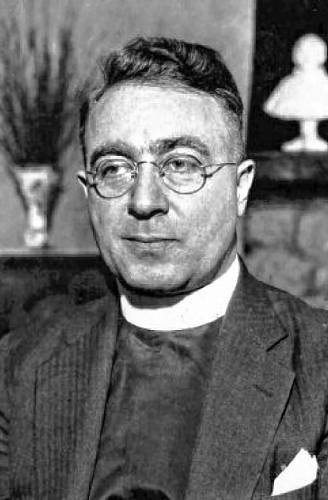
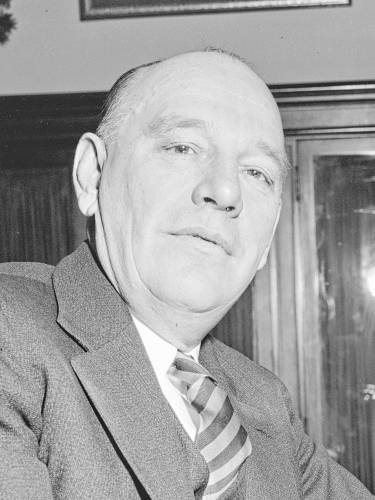
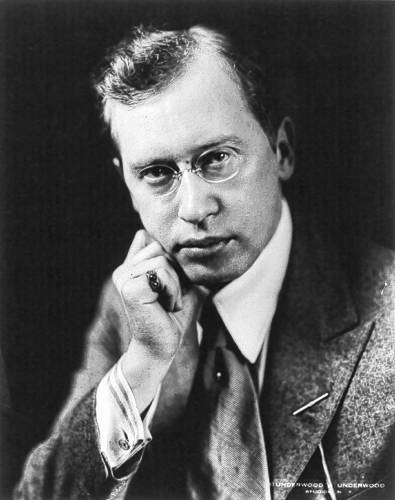
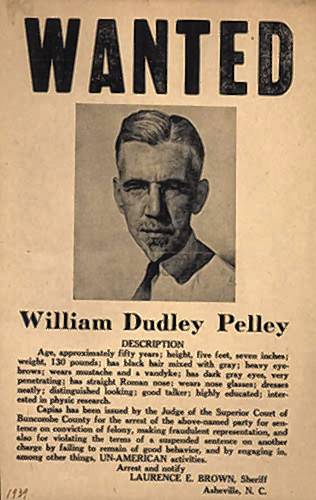
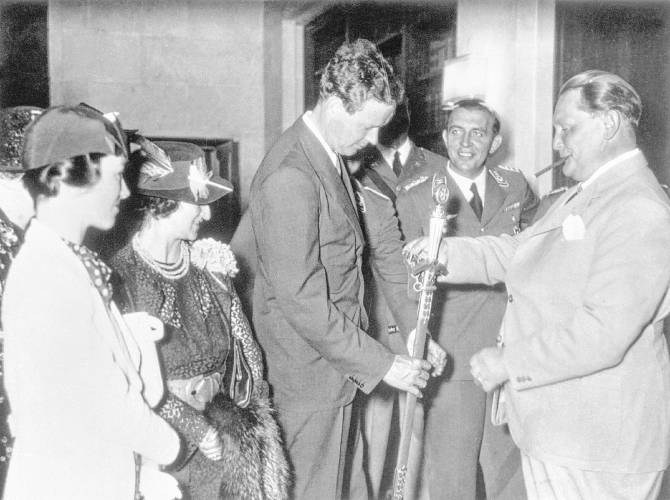
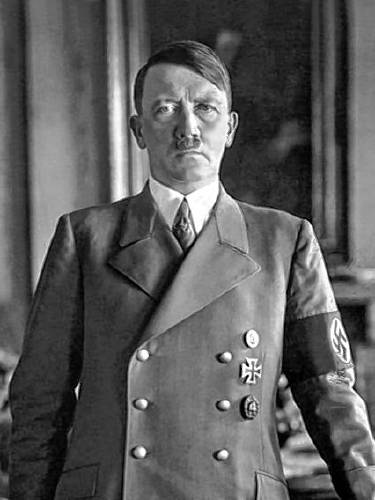
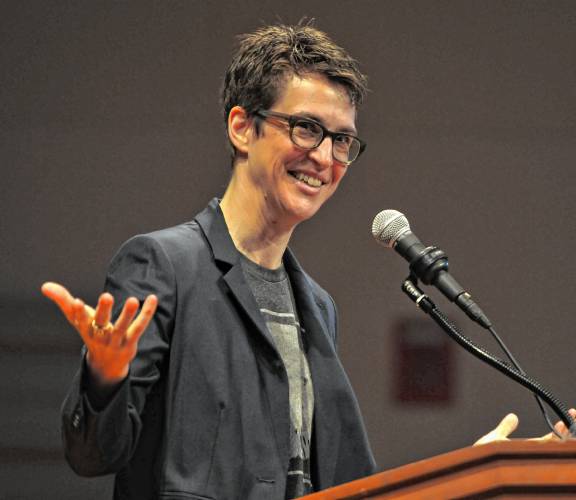
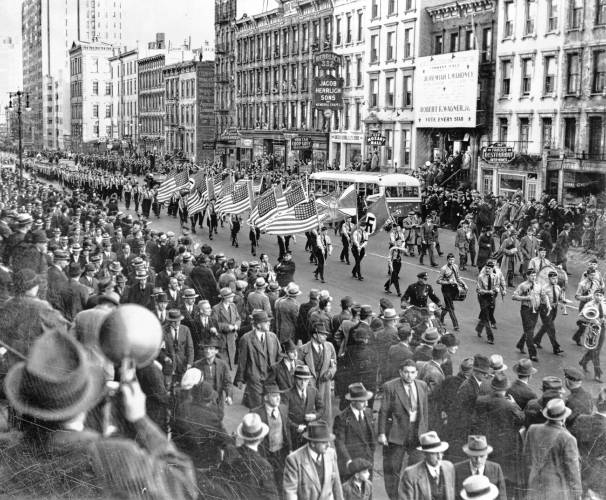

 The house that therapy built: Multimedia artist Lisa Winter to display “My House” at the Wendell Meetinghouse this Sunday
The house that therapy built: Multimedia artist Lisa Winter to display “My House” at the Wendell Meetinghouse this Sunday Fun Fest returns to Turners Falls: Música Franklin hosts 6th annual family-friendly, free event, May 11
Fun Fest returns to Turners Falls: Música Franklin hosts 6th annual family-friendly, free event, May 11 Valley Bounty: Delivering local food onto students’ plates: Marty’s Local connects farms to businesses
Valley Bounty: Delivering local food onto students’ plates: Marty’s Local connects farms to businesses Let’s Talk Relationships: Breaking up is hard to do: These tools can help it feel easier
Let’s Talk Relationships: Breaking up is hard to do: These tools can help it feel easier
